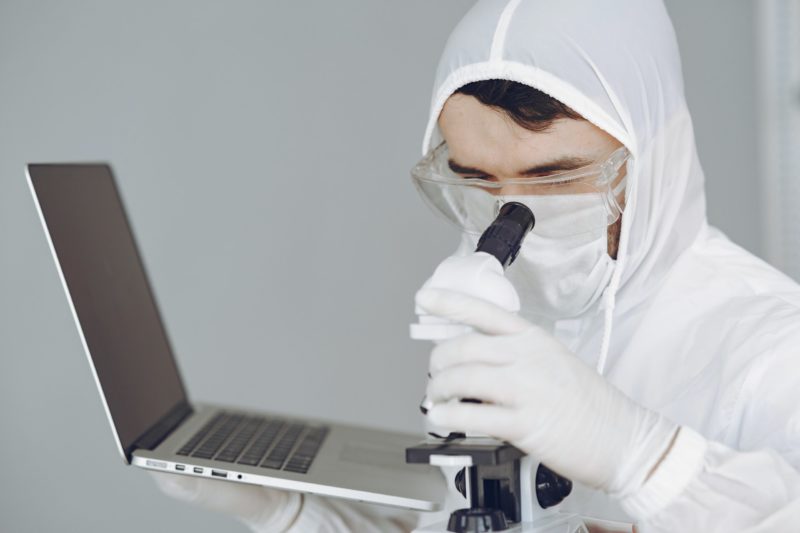 Insight
Insight


2020 has bombarded the world with the biggest and most socioeconomically destructive challenge of the 21st century. As the UK battles these unprecedented struggles against the spread of the Coronavirus, NHS staff were hit hard by intense medical pressure, catalysing the chaos already prevalent from the scarcity of filled healthcare vacancies prior to the pandemic. Bed shortages, a severe lack of personal protective equipment and 14 hour long shifts were just some of the harsh components that an underfunded and neglected healthcare system created for its patients and workers in such precarious times of crisis.
Although Brexit discussions have been temporarily hushed, the government’s post-Brexit immigration rules are still set to end Free Movement for EU migrants, resulting in tighter and tougher barriers for overseas workers looking to obtain a General Work Visa. The implementation of steep salary requirements equate to unattainable thresholds for many migrant healthcare workers; carers, for example, fall short of the £23,040 minimum salary requirement needed to score 10 points of the 70-point system. Instead, care workers earn an average of £16,000 per annum in the UK.
Whilst imagining a post-pandemic world seems strangely challenging a society of social distancing, the future curtailment of overseas migration necessitates discussions into using artificial intelligence and automation to provide technological aid in sectors where filled vacancies are sparse. As a solution which only recently seemed fearfully dystopian, the current pandemic shines a light on the benefits of technology and robots in alleviating some of the strain experienced by our human healthcare workers.
Using technology to tackle Covid-19
Undoubtedly, apps such as Facetime and Zoom have, at least partially, relieved the global struggles of isolation, both by connecting us with our loved ones and facilitating working from home. Phone apps Alipay and WeChat have additionally played a role in the ability to track citizens, grading them by their green, yellow or red health status and permitting them to travel accordingly. Despite being criticized as a ‘spy-app’, the University of Oxford is working on a similar, voluntary app in the UK.
Google and Facebook are additionally among the private companies who endorse the benefits of obtaining user location data, monitoring search requests and even looking into the tracking of coughing sounds as means to control the spread of the virus. Powerful surveillance in Singapore was a major contributor to the country’s quick flattening of the curve, with those tracked as entering large offices being forced to have their temperature taken and questioned about recent travel.
Verily, Google’s research arm, is currently developing a body-worn temperature patch that will transmit data to a phone app. Sundar Pichai, Google’s Chief Executive, stated that this would ‘support earlier diagnosis and treatment of a viral infection’ and ‘could be especially useful in elderly populations, where viral infections have higher rates of morbidity and mortality’.
Artificial intelligence continues to be a fundamental aid in research tasks, such as automated data handling, in the scientific fight against the disease. The AI arm of Google’s parent company, DeepMind, uses data on genomes to discover which drugs could work for treating the virus whilst in Boston, an AI-driven Health map showed the incomparable benefits of automation after discovering a growing cluster of pneumonia cases before human researchers. Not to mention the value of robot cleaners in countries like China which have proven to be huge successes in disinfecting the streets.
The future of automation in the NHS
According to one NHS report, automation could free up 5.7 million hours of General Practitioner’s time and subsequently save the NHS £13 billion per year. Automation has already proven to go above and beyond certain human capabilities, such as flagging up early signs of cancer and Alzheimer’s disease as well as performing intricate surgical procedures that can be difficult to execute with just with the human hand.
Perhaps more controversially, ‘care robots’ are expected to ‘revolutionise’ the UK’s current crippling care sector, with the invention of care-bots designed to aid the elderly and disabled; a solution which could provide invaluable benefits in simple tasks such as setting reminders to take medication and monitoring temperatures. Research has additionally shown care-bots can help people suffering from mental health illnesses such as Paro, a multi-sensory robot used in therapy to encourage independence and self-sufficiency.
Consequently, the UK Robotics and Autonomous Systems Network claims that robots can proactively assist with ‘medicine adherence, nutrition and rehabilitation support’ which could result in a ‘further £6bn productivity gain’. Yet, with the core of care work relying on emotional connection, conversation and compassion, a danger lies in the replacement of face-to-face human support with robots. Human workers should always remain at the forefront of any care work.
So, whilst the government’s 2020 Budget may have restored some faith into the public sector, the slashing of migration figures, distressing accounts from NHS workers and the highest death toll in Europe means public confidence remains fragmented by the crisis. Now is the time to invest in automation and AI to ensure that our vital healthcare workers never have to carry such a debilitating weight on their shoulders again.